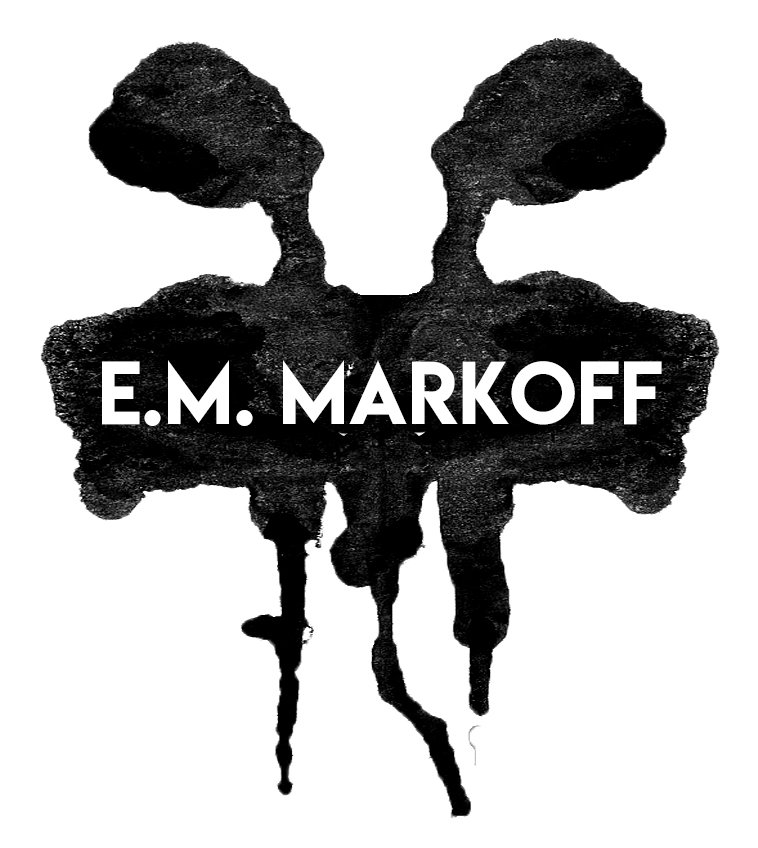Scary Stories for a Good Cause: Loren Rhoads on "Still Life with Shattered Glass"
Tell us a little about your story, “Still Life with Shattered Glass.”
“Still Life” was directly inspired by taking MFA Creative Writing classes at the University of Michigan. My classmates’ more literary stories were grounded in theories of art, when I just wanted to explore as many genres as possible. This was back in the day, when students were strongly encouraged to write what they knew. A lot of them (me included) only knew living with our childhood families or trying to adjust to roommates at college. None of us had much life experience to draw on. We read an awful lot of roommate stories.
I set out to write a story about a bad roommate.
By L.S. Johnson (https://traversingz.com/)
Loren Rhoads served as editor for Bram Stoker Award-nominated Morbid Curiosity magazine as well as the books The Haunted Mansion Project: Year Two, Death’s Garden: Relationship with Cemeteries, and Morbid Curiosity Cures the Blues: True Tales of the Unsavory, Unwise, Unorthodox, and Unusual. Her short stories have appeared in Best New Horror #27, Strange California, Sins of the Sirens: Fourteen Tales of Dark Desire, Fright Mare: Women Write Horror, and most recently in Weirdbook, Occult Detective Quarterly, and Space & Time.
Tell us a little about your story, “Still Life with Shattered Glass.”
“Still Life” was directly inspired by taking MFA Creative Writing classes at the University of Michigan. My classmates’ more literary stories were grounded in theories of art, when I just wanted to explore as many genres as possible. This was back in the day, when students were strongly encouraged to write what they knew. A lot of them (me included) only knew living with our childhood families or trying to adjust to roommates at college. None of us had much life experience to draw on. We read an awful lot of roommate stories.
I set out to write a story about a bad roommate. Hopefully it's not clear until the end of the story which roommate is the worst.
I wanted to snark about artistic pretenses, too.
You mention that the story was inspired by photographers Joel-Peter Witkin and David Wojnarowicz. For readers unfamiliar with their work, can you describe their photography and how it inspired you?
The photograph of Joel-Peter Witkin’s that struck a chord with me is called “The Kiss,” in which he posed two severed heads mouth to mouth. It’s not a photographic manipulation. The men are clearly dead: their cheeks are sunken, their noses are beaks, one’s mouth is actually gaping open. The image is horrific and intimate and disrespectful and lovely, too, in its way. I wanted the photographer in my story to display the same sort of disrespect for the dead. To her, cadavers are simply props, even if she doesn’t rearrange bodies the way Witkin did.
On the other hand, David Wojnarowicz took a series of photos of his lover Peter Hujar, after Peter died of AIDS. The first photo shows Peter with his head on a hospital pillow. His open eyes are unfocused and sunken deep into their sockets. His mouth hangs open. The skin of his chest has collapsed around his collarbone. Consecutive photos focus on his hand atop a thin hospital sheet and his vulnerable bare feet. There’s something sculptural about the focus on his hands and feet, something Christlike. It’s a gut-punch to see this profound record of a love suddenly, brutally ended.
I wanted to write about a woman who looked at death as unflinchingly as these two men.
What is your relationship to California, and does California influence your work?
I moved from Michigan to California 30 years ago and hope never to leave. As much as I loved Ann Arbor, I can’t imagine ever leaving San Francisco for Michigan again. I fell in love as soon as I watched the sun set into the Pacific the first time. Although this particular story predates my coming to California, it wasn’t published until after I’d lived here for a number of years.
As writers, we constantly use our imaginations, sometimes in terrifying ways. But can you imagine a hopeful future for California? What might that future look like?
I hope we can expand on the progress we’ve made, in terms of accepting people for who they truly are. Marriage equality was a huge first step, one I am thrilled to have seen in my lifetime. I hope we can get to a point where people can define themselves and their relationships freely and no one bats an eye.
Where can readers find more of your work?
My home on the web is lorenrhoads.com. I spend too much time hanging out on Facebook at https://www.facebook.com/loren.rhoads.5 or on Twitter at https://twitter.com/morbidloren. For people in Northern California, I’ll be at the Silicon Valley Comic Con in San Jose in August and then up at Sinister Creature Con in Sacramento in October. Come pick up a copy of the Camp Fire book in person!
NEXT POST ON MONDAY 6/10/19, SCARY STORIES FOR A GOOD CAUSE: Eric Esser ON “Fable of the Box”
Stay in Touch
Upcoming Events
Many thanks to everyone who supported T4tCF in 2019. SEE YOU AGAIN IN 2020! -Tomes & Coffee Press
